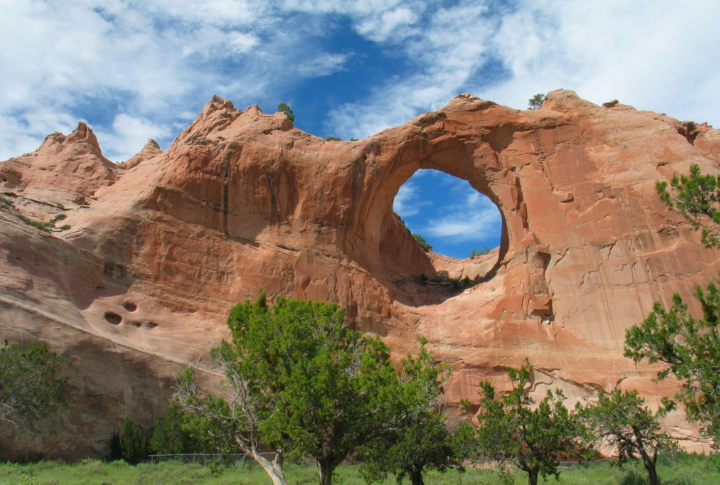
What makes a town more than just a place on the map? Is it the stories whispered through its history or the artistry that connects its past and present? Across the US, some places offer a vibrant experience of Indigenous culture that is waiting to be explored. Here are 20 towns where you can experience the Native American culture.
Taos, New Mexico
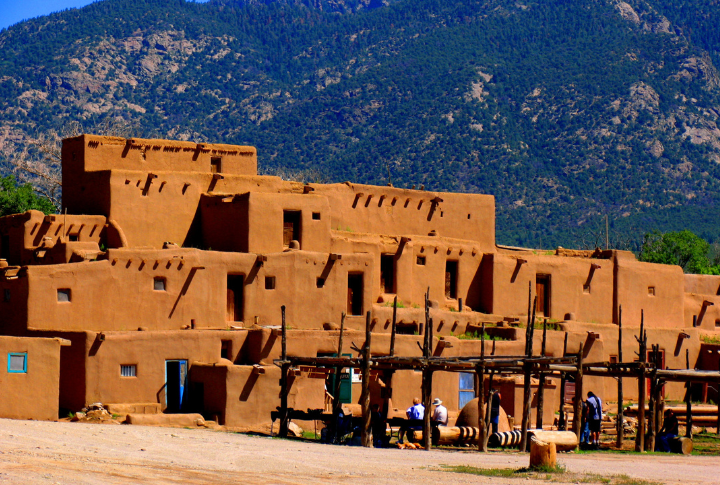
Discover Taos Pueblo, a UNESCO World Heritage Site and one of North America’s oldest continuously inhabited communities. Built entirely of adobe, these multi-storied structures have housed generations since at least 1000 CE. Its ceremonial traditions, such as the iconic deer and eagle dances, remain vibrant and captivating.
Santa Fe, New Mexico
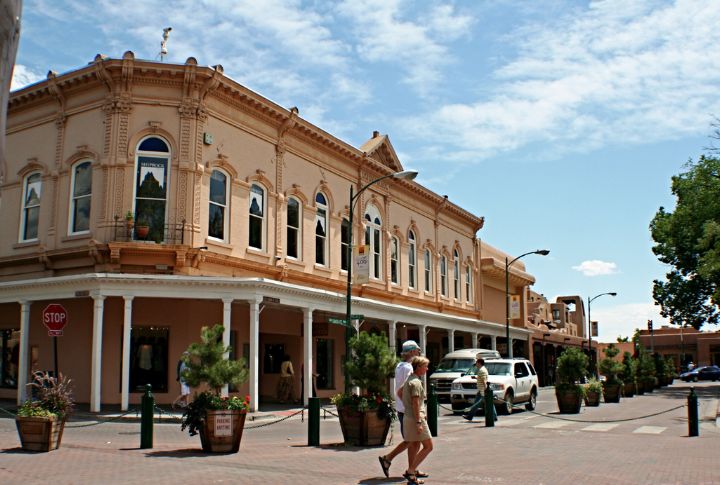
Founded in 1610, this town is rich in history and tradition. It hosts the annual Santa Fe Indian Market, drawing over 1,000 Native artists. The historic Plaza and the Museum of Indian Arts and Culture further immerse visitors in the area’s rich Puebloan heritage. To complete the experience, indulge in Native cuisine, including blue corn tortillas, for an authentic taste of tradition.
Flagstaff, Arizona
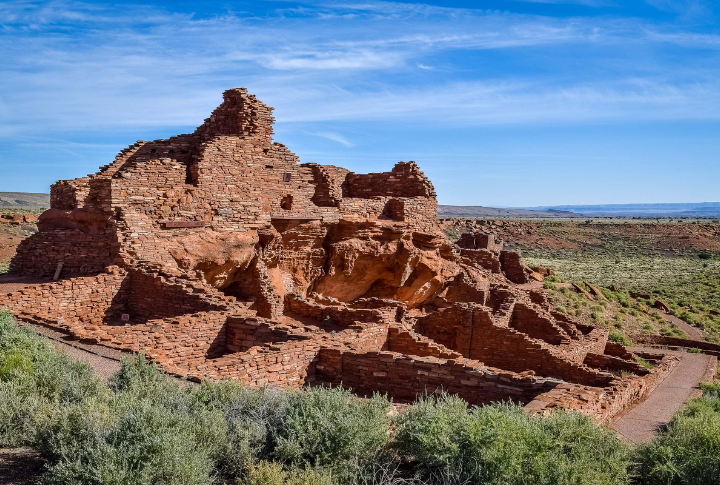
A Gateway to sacred Indigenous landmarks, Flagstaff offers proximity to the Wupatki National Monument. Here, you’ll find ancient Sinagua ruins dating back to 500 CE. The town celebrates Native cultures through its First Friday ArtWalk and events like the Hopi Festival of Arts and Culture. Adding to its rich heritage, the surrounding red rock canyons hold deep spiritual significance for regional tribes.
Anadarko, Oklahoma
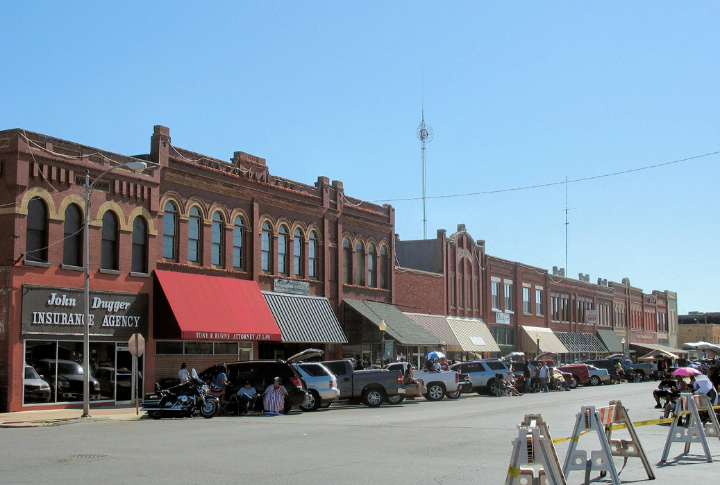
Known as the “Indian Capital of the Nation,” Anadarko is home to multiple tribal headquarters and the Hall of Fame Honoring Prominent Native Americans. Visitors can explore the Southern Plains Indian Museum, which showcases intricate beadwork and stories of resilience. The town also has tribal dance performances that bring centuries-old traditions to life.
Albuquerque, New Mexico
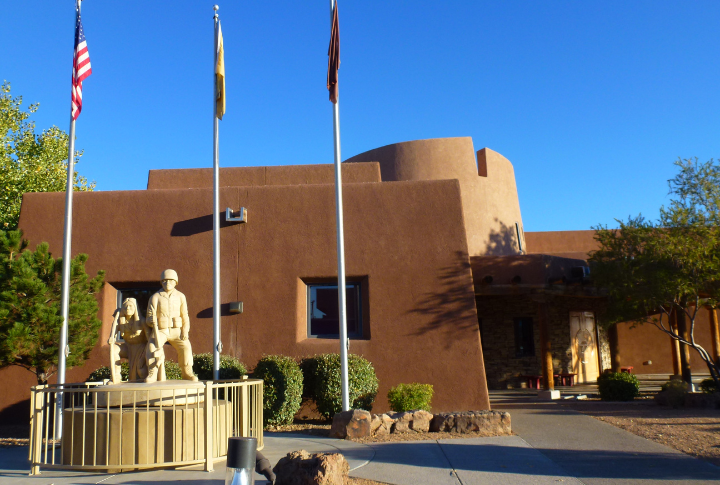
Albuquerque hosts the Gathering of Nations Powwow, a cultural spectacle with over 3,000 Indigenous dancers annually. The Indian Pueblo Cultural Center offers guided tours and traditional cuisine, making it a hub for understanding Pueblo heritage. There are also pottery-making demonstrations to connect with the artistry of local tribes.
Murphy, North Carolina
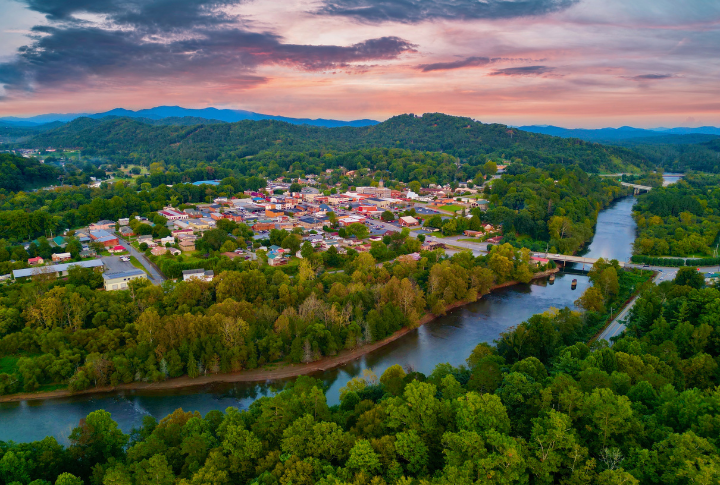
This small town holds deep Cherokee roots and played a significant role during the Trail of Tears, a harrowing chapter of forced displacement in the 1830s. The nearby Cherokee Heritage Museum showcases ancient artifacts and oral histories, offering a glimpse into this rich history. Visitors can also hike trails that follow the paths once traveled by Cherokee ancestors.
Zuni Pueblo, New Mexico
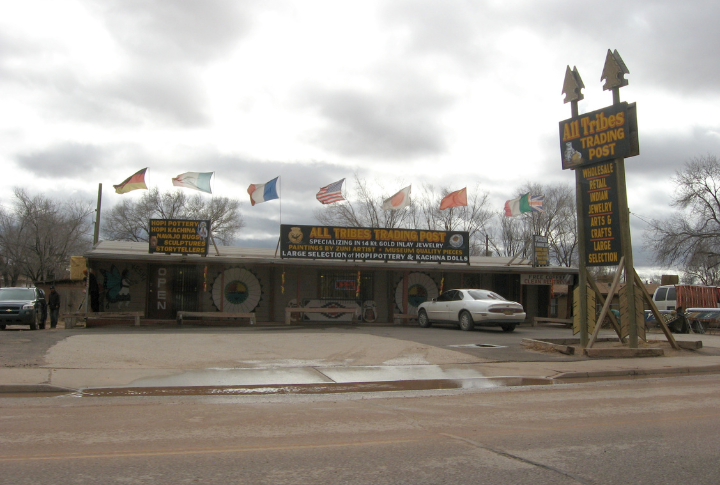
Renowned for its intricate jewelry and pottery, Zuni Pueblo allows you to explore a centuries-old tradition of artistry. Each handcrafted piece carries spiritual significance tied to Zuni cosmology. You can tour workshops to witness artisans at work and purchase one-of-a-kind items that reflect the Zuni’s deep connection to the natural world.
Shiprock, New Mexico
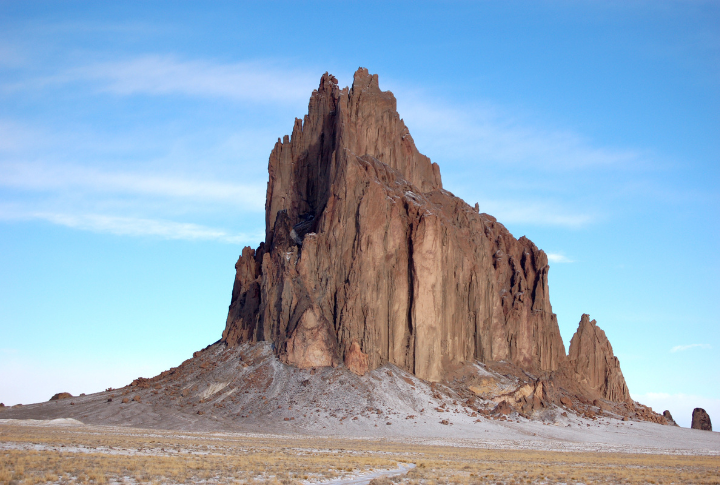
This town, named after the towering and sacred Shiprock formation, holds deep cultural significance for the Navajo people through its legends and ceremonies. The Navajo Nation Fair showcases traditional crafts and storytelling, offering a glimpse into vibrant Diné life. The formation itself remains a revered site for spiritual practices.
Cherokee, North Carolina
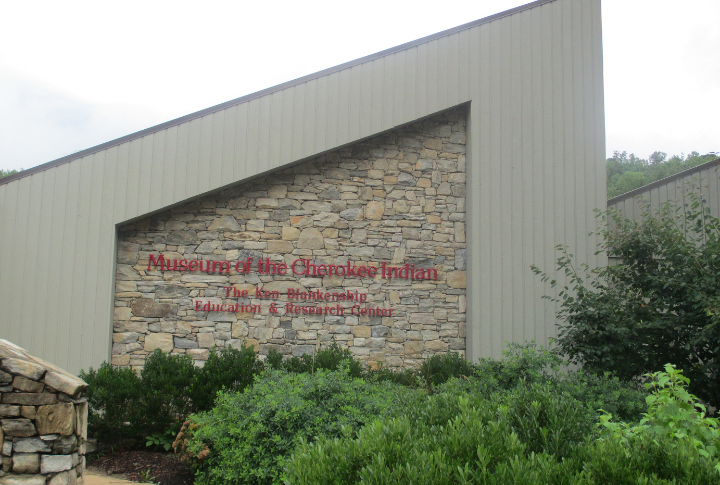
Cherokee is the gateway to the Qualla Boundary, abode to the Eastern Band of Cherokee Indians. The “Unto These Hills” is an outdoor drama you can attend. It showcases the tribe’s history and struggles. Moreover, the Museum of the Cherokee Indians offers interactive exhibits that bring tribal history to life and connect past and present.
Window Rock, Arizona
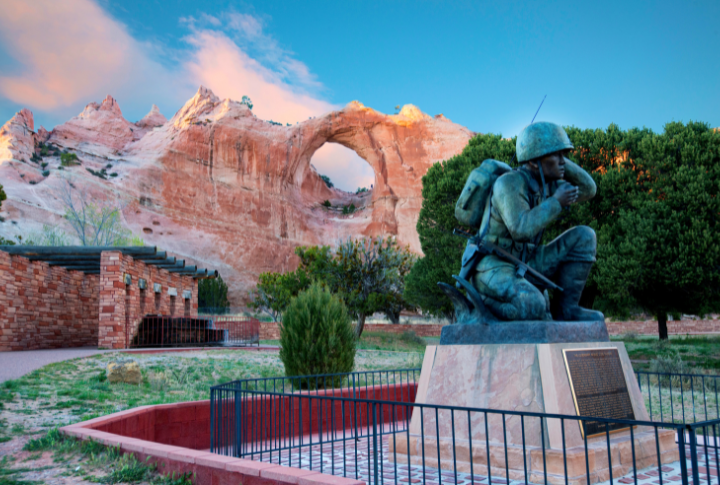
This capital of the Navajo Nation serves as a symbolic and political hub. Its iconic sandstone arch highlights the town’s cultural significance. At the Navajo Nation Museum, visitors can explore artifacts, language preservation, and history, while the nearby Veterans Memorial honors the Navajo Code Talkers of WWII.
Sault Ste. Marie, Michigan

Homeland of the Sault Tribe of Chippewa Indians, this town has cultural centers and events celebrating Anishinaabe traditions. Visitors can participate in seasonal powwows or visit the local tribal museum to learn about the Ojibwe’s enduring connection to the Great Lakes. Fishing and canoeing are also central to the area’s cultural heritage.
St. Louis, Missouri

Located near St. Louis, Missouri, the Cahokia Mounds State Historic Site keeps the remnants of the largest pre-Columbian settlement north of Mexico. At its peak around 1100 CE, Cahokia covered nearly 4,000 acres, encompassing about 120 earthen mounds, and hosted a population of nearly 20,000 individuals.
Bar Harbor, Maine
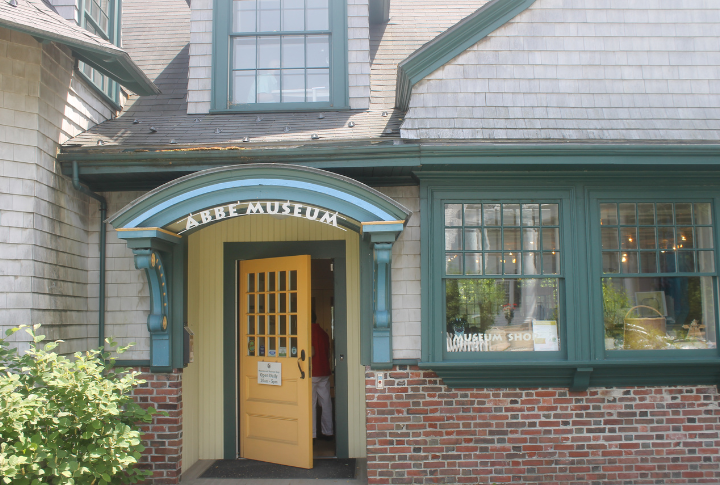
This town’s history is intertwined with the Wabanaki people. The Abbe Museum in Bar Harbor is also dedicated to preserving and showcasing Wabanaki art and culture. As the first and only Smithsonian Affiliate in Maine, the museum collaborates closely with the Wabanaki people to share their stories and traditions with a broader audience.
Pendleton, Oregon
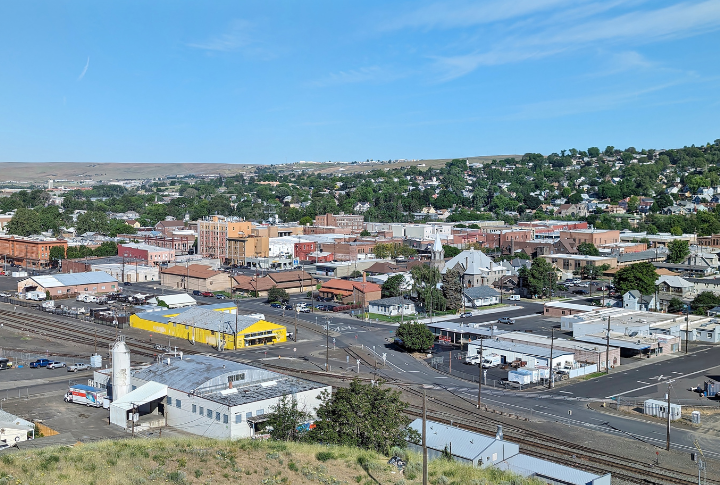
Pendleton, Oregon, is deeply influenced by the presence of the unified Tribes of the Umatilla Indian Reservation, comprising the Umatilla, Cayuse, and Walla Walla tribes. The Tamástslikt Cultural Institute, located near Pendleton, allows visitors to experience the past, present, and future of these tribes through exhibits and programs.
Cody, Wyoming
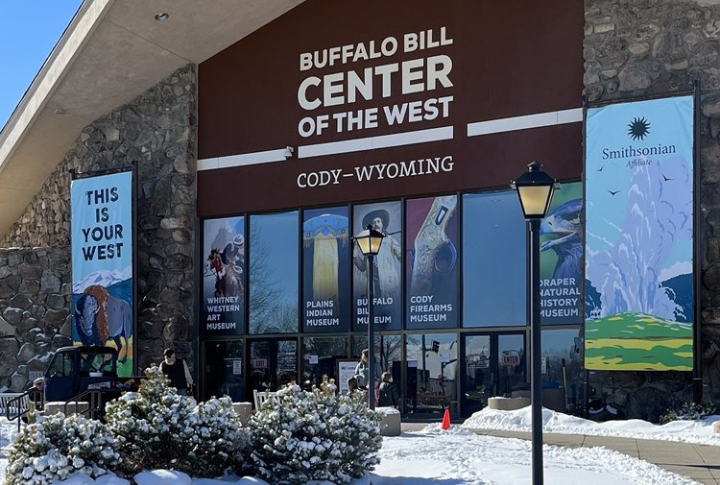
Cody, Wyoming, is home to the Plains Indian Museum, one of five museums within the Buffalo Bill Center of the West. This museum explores the lives and traditions of Plains Indian peoples over hundreds of years and is home to collections of Native American art and artifacts—one of the largest in the nation.
Browning, Montana
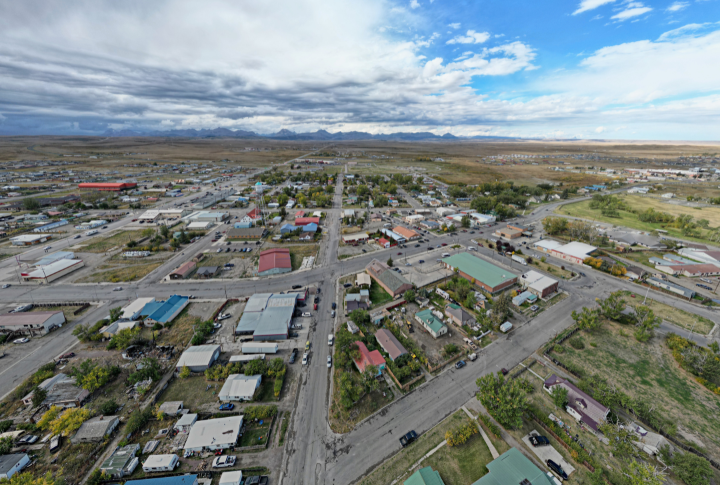
As the headquarters of the Blackfeet Nation, Browning hosts the annual North American Indian Days, a four-day celebration held during the second week of July. This event features traditional dances and rodeos that vividly display Blackfeet culture and community pride. The Museum of the Plains Indian further showcases the tribe’s artistry.
Acoma Pueblo, New Mexico
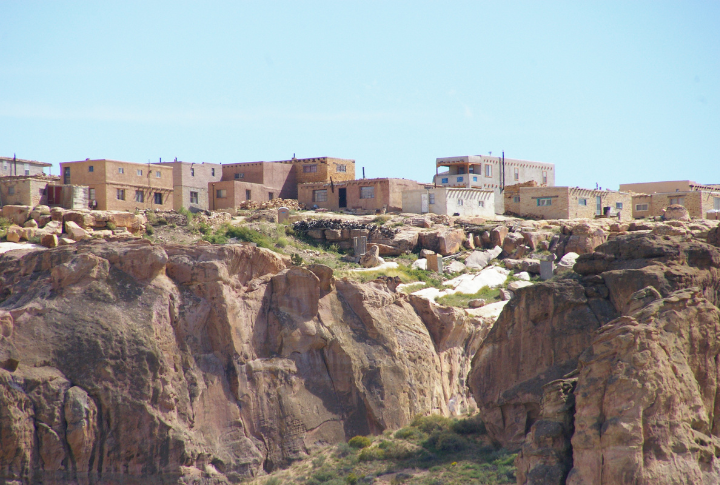
Acoma Pueblo, or “Sky City,” rests atop a mesa and boasts over 1,000 years of continuous habitation. Known for its stunning views and painted pottery, it is a living museum where guided tours reveal its residents’ history and daily life. The pueblo’s mission church, San Esteban del Rey, is proof of resilience and adaptation.
Pine Ridge, South Dakota
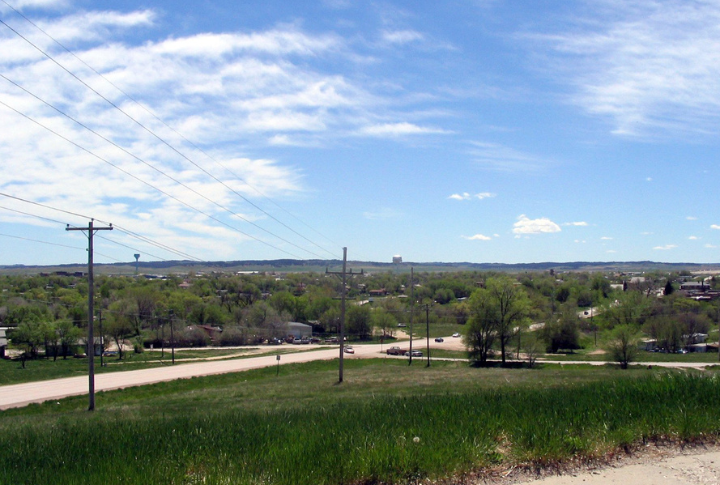
The Pine Ridge Reservation is a vital center for Oglala Lakota culture. It holds deep historical significance as the site of the Wounded Knee Tragedy of 1890, where hundreds of Lakota lives were lost. Visitors can connect with local artists and gain a deeper understanding of the tribe’s history and ongoing sovereignty efforts through community-led tours.
Neah Bay, Washington
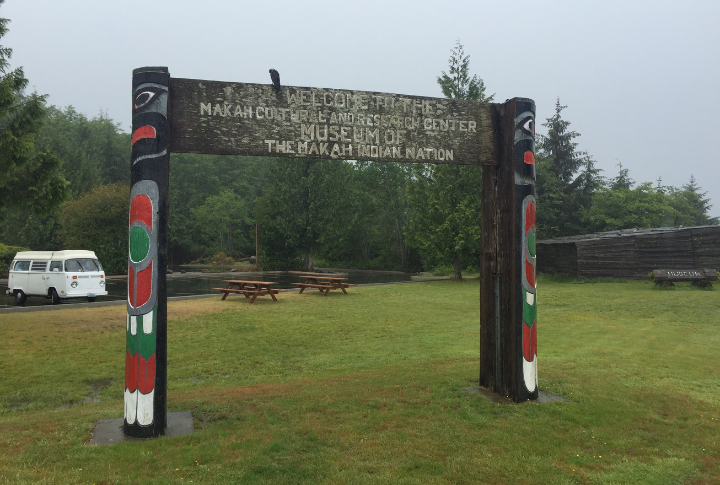
Neah Bay, on the Makah Reservation, embodies the rich maritime traditions of the Makah people. At the heart of this heritage is the Makah Cultural and Research Center, which preserves ancient canoes, tools, and artifacts showcasing their connection to the sea. Whale hunting practices and oral histories further shape their enduring cultural identity.
Ketchikan, Alaska

Ketchikan boasts the most extensive collection of standing totem poles in the world. These towering works of art, carved by the Tlingit, Haida, and Tsimshian peoples, tell stories of ancestry and folklore. Notable sites include Totem Bight State Historical Park and Saxman Native Village, each offering insights into the rich cultural heritage of Southeast Alaska.

I am a descendent of Pocahontas (Matoaka). You totally missed some of the most important tribes, focusing mostly on the “west”. So many tribes not only in Virginia, but the whole east coast. Respect!